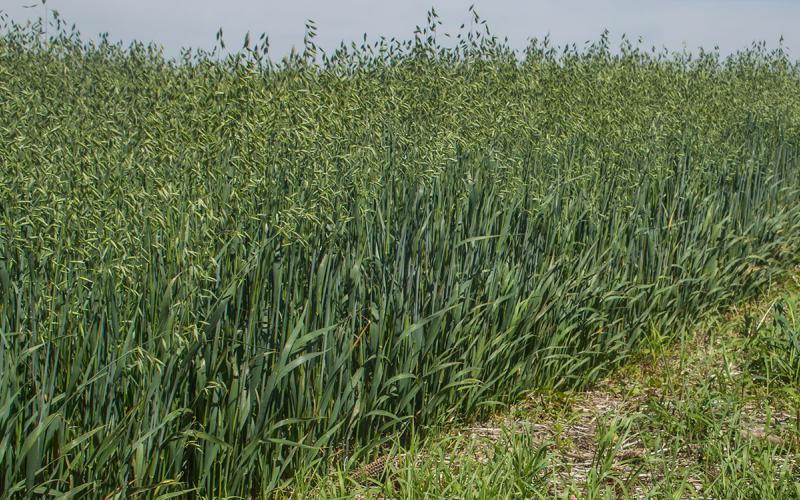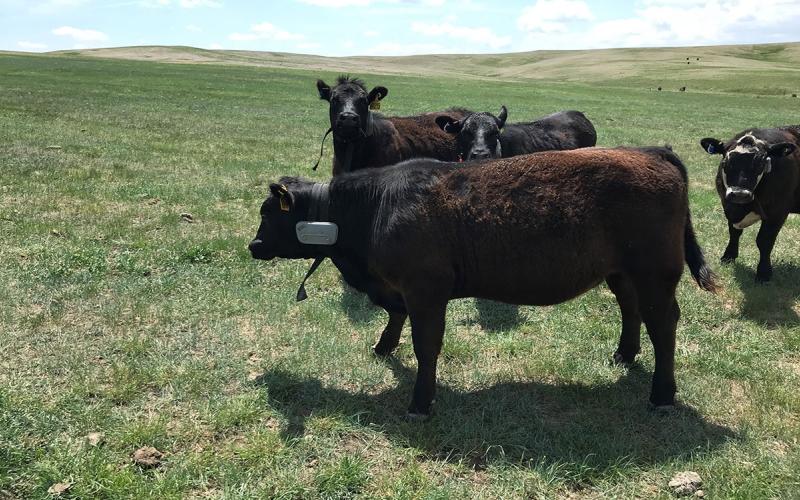Written collaboratively by Sara Bauder, Tracey Erickson, and Kevin Shinners.
South Dakota has been one of the top producing forage states in the nation for many years. One of the most common methods of hay packaging and storage is large round bales stored outdoors. However, proper storage of a high quality product is vital to maintaining value and often overlooked. Quality losses that typically occur during storage are frequently a result of water that has entered the bale, which becomes entrapped and unable to evaporate, resulting in spoilage.
Round bales have characteristics that help limit storage losses. The round shape allows for a dense, well-made bale in which the outer thatch will help to shed precipitation, minimizing water penetration and spoilage loss. The water shedding capability of the forage leaf blade is also important to note. Grass has a broad, flat leaf and makes excellent thatch. Alfalfa has much smaller leaf area that does not form as nice of thatch as grass leaves. Most modern balers are capable of making bales that can conserve value if good storage practices are followed.


